Study Shows Oklahoma Food Insecurity Rates Remain Higher Than National Averages
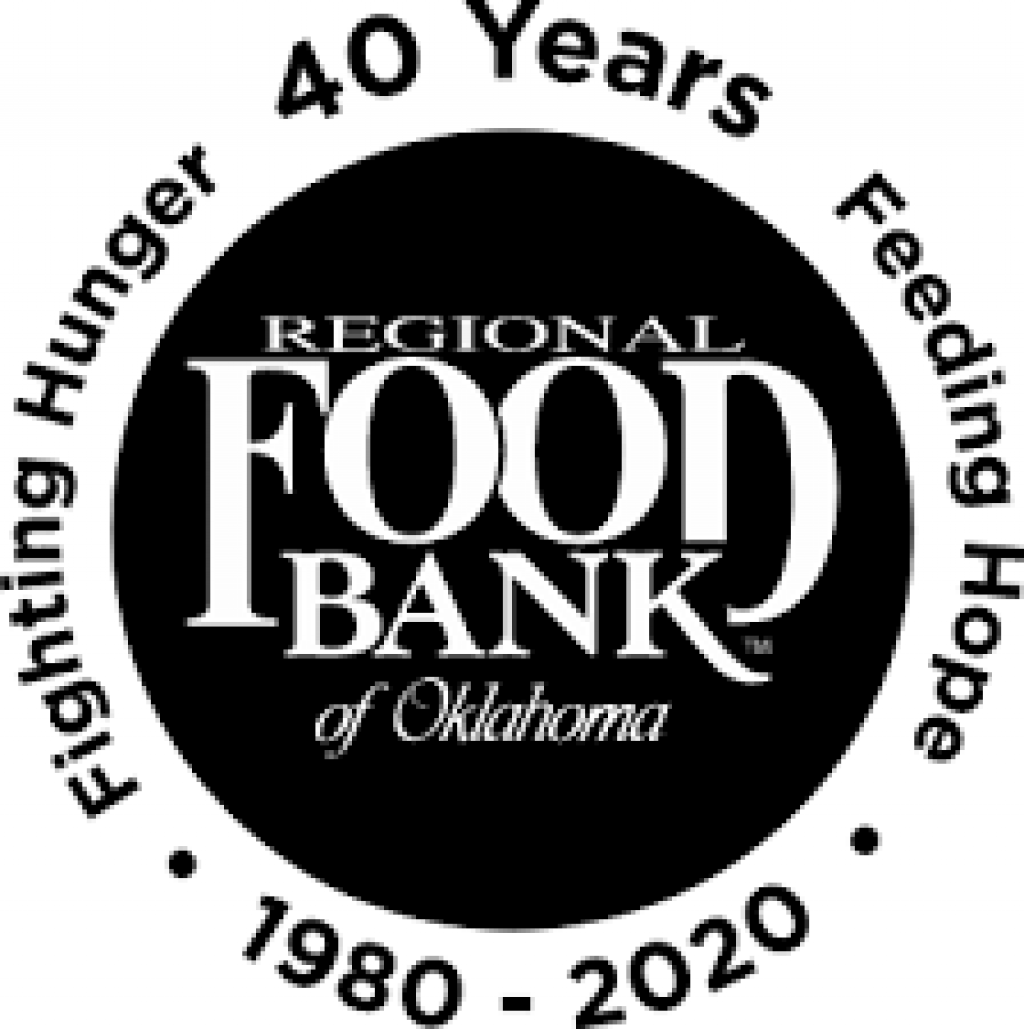
Study Shows Oklahoma Food Insecurity Rates Remain Higher Than National Averages
(OKLAHOMA CITY) – - Food insecurity rates in central and western Oklahoma are higher than the national averages, according to Map the Meal Gap 2020. The study, released by Feeding America on June 3, is the only study that provides local-level estimates of food insecurity across the United States.
“The economic downturn, slumping economy and COVID-19 pandemic have hit Oklahomans hard,” said Deb Bunting, interim CEO of the Regional Food Bank. “The Regional Food Bank is committed to continuing to meet the rise in need for food assistance head-on."
Feeding America, the nation’s largest domestic hunger-relief organization with a network of 200 member food banks including the Regional Food Bank of Oklahoma, has released the Map the Meal Gap report for 10 consecutive years to offer insights on how food insecurity and food costs vary at the local level. Food insecurity is a measure defined by the USDA as lack of consistent access to enough food for an active, healthy life for all household members.
Per Map the Meal Gap 2020, all 3,142 counties and county equivalents as well as 436 congressional districts in the 50 states are home to people who struggle with hunger. In the Regional Food Bank's 53-county service area in central and western Oklahoma, one in six Oklahomans including one in four are food insecure.
In conjunction with the Map the Meal Gap study, which uses the most recent data from the USDA and the Census Bureau, Feeding America has released an interactive map based on 2020 study, The Impact of the Coronavirus on Local Food Insecurity, which used the Map the Meal Gap model to predict changes to food insecurity rates for the overall population and children in response to projected changes to poverty and unemployment in the wake of the COVID-19 pandemic.
Nationwide that analysis predicts food insecurity rates will climb higher than the peak of the Great Recession, potentially going from more than 37 million people facing hunger in 2018 up to more than 54 million in 2020. Locally, an additional 216,370 Oklahomans could become food insecure in the wake of the pandemic with child food insecurity rates moving from 21.8% to 31.5%, or nearly one in three Oklahoma children.
"As our staff and network work to find innovative ways to feed Oklahomans living with food insecurity, we need the support of our communities,” Bunting said. “For every dollar donated to the Regional Food Bank, we are able to provide the equivalent of four meals to our service area.”
Donations to Regional Food Bank can be made by visiting rfbo.org/give or by calling 405-972-1111.
If you are in need of food assistance, visit rfbo.org/get-help and enter a zip code to find the Regional Food Bank partner nearest you or call 405-972-1111.
Comentar
Los campos obligatorios estan marcados con *









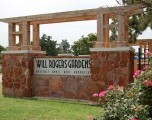

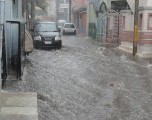
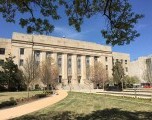




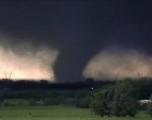














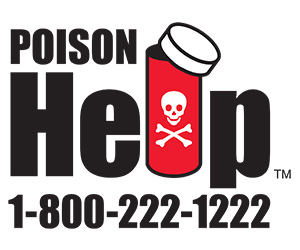






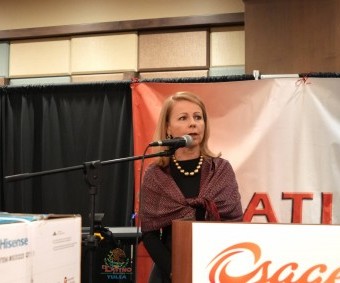
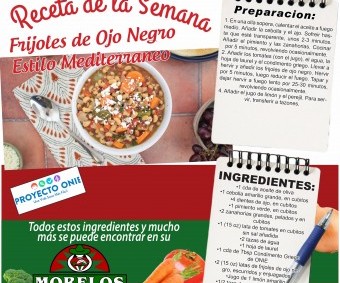








Comentar con Facebook